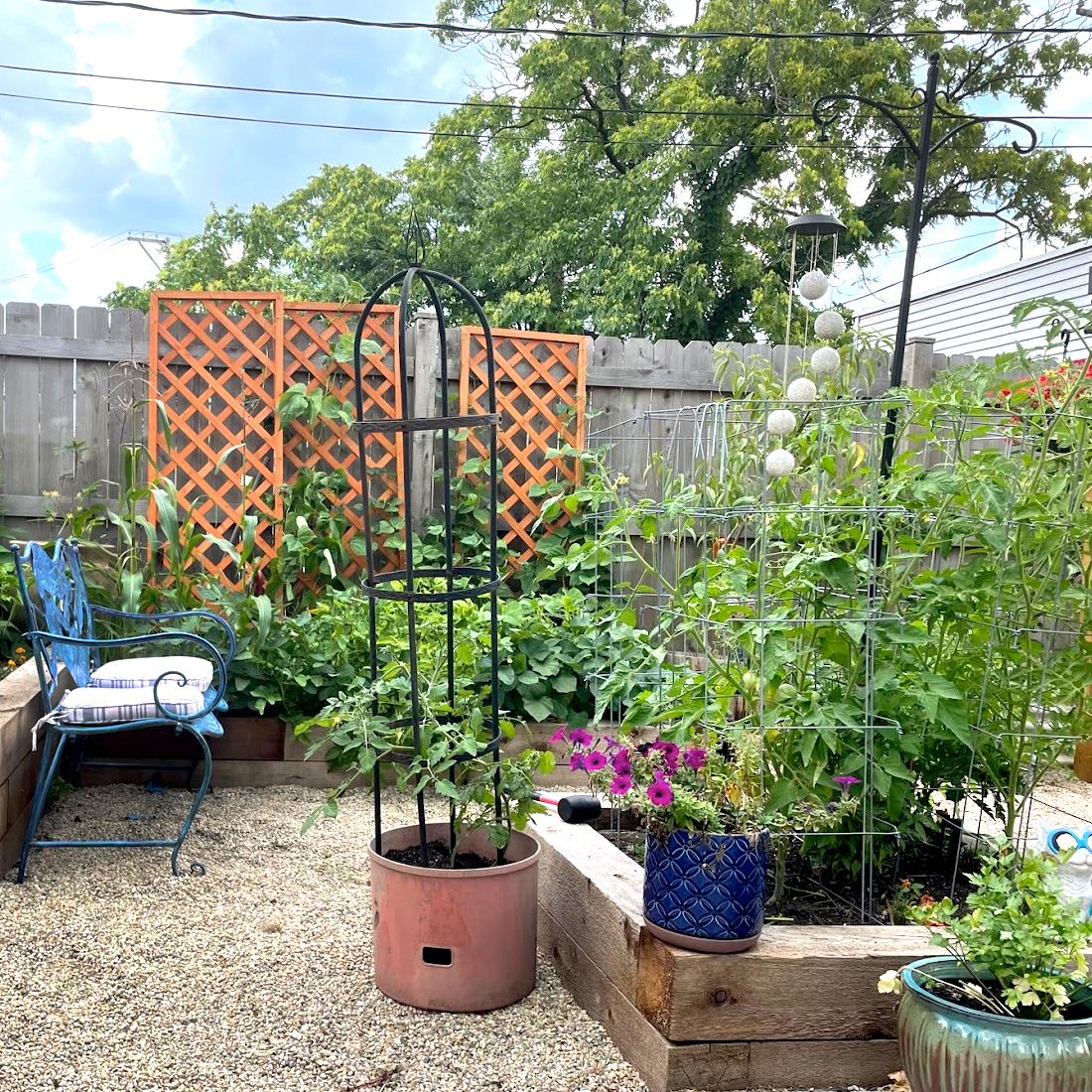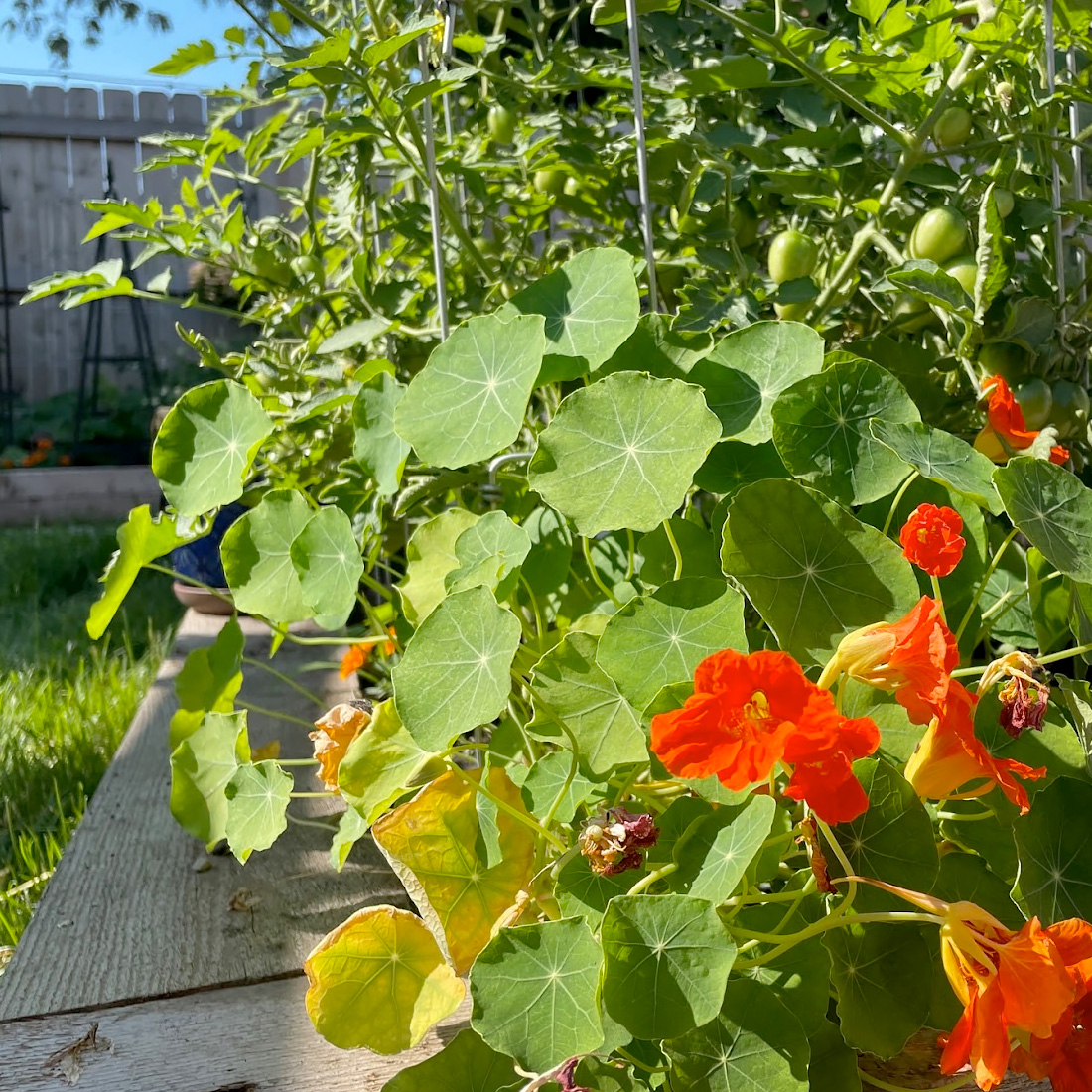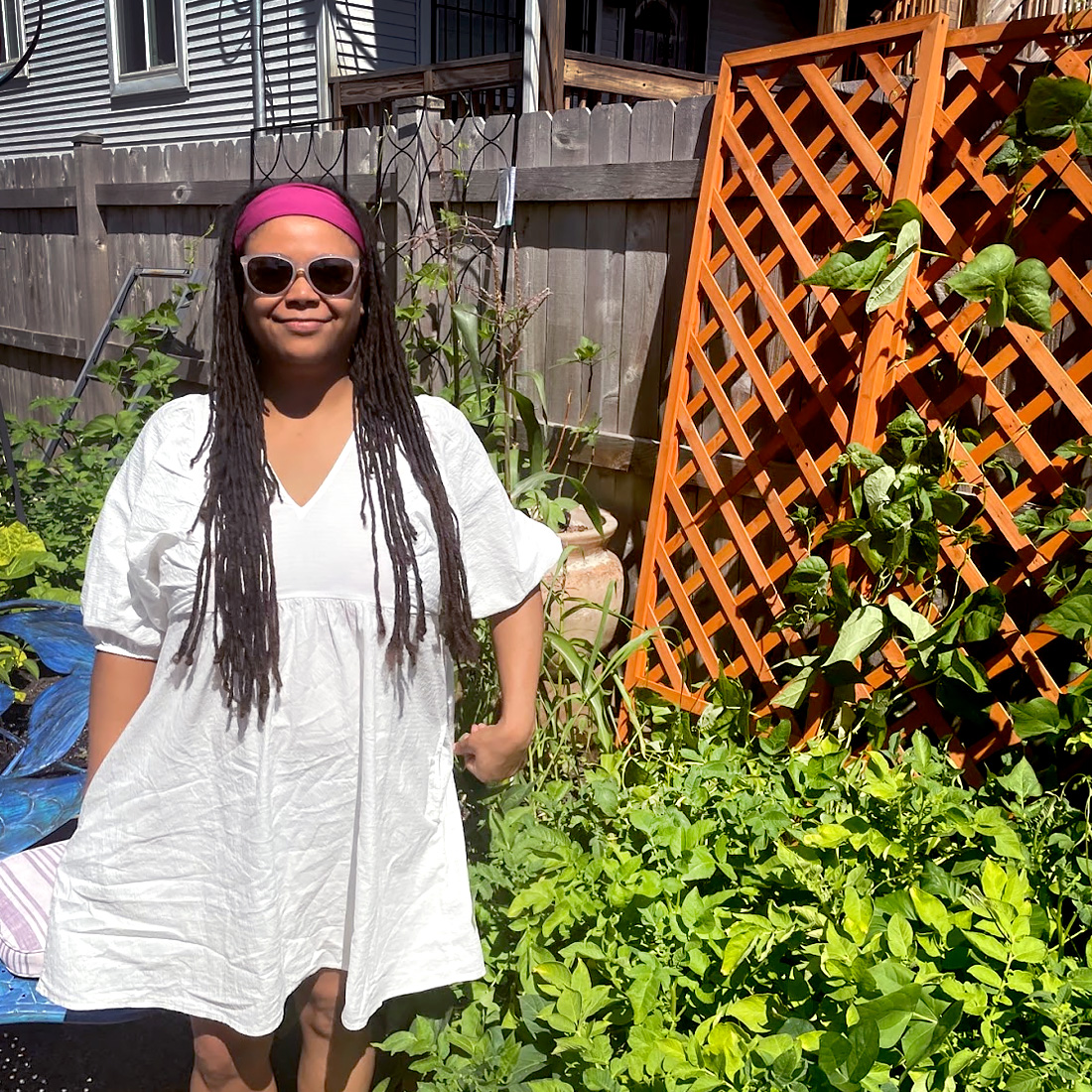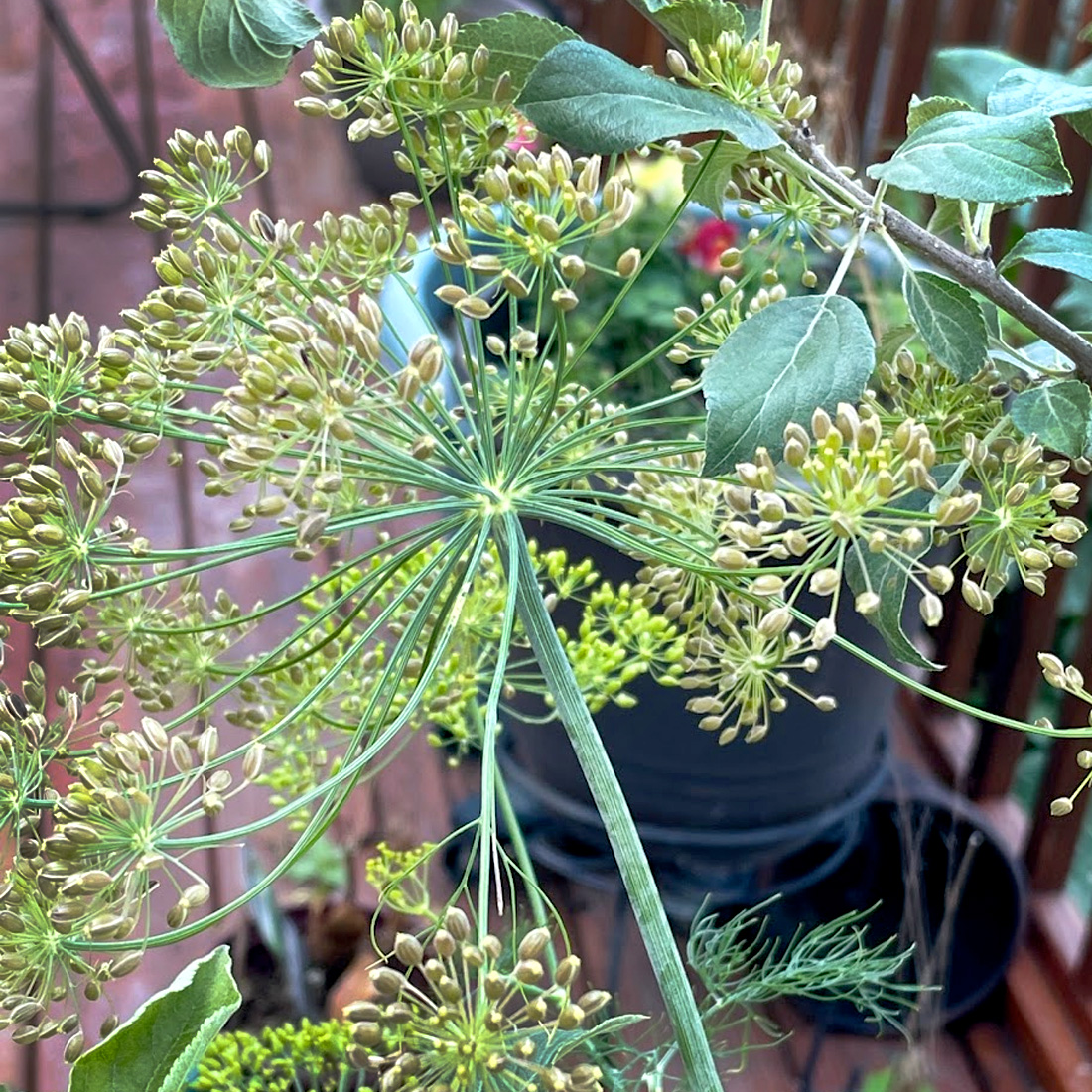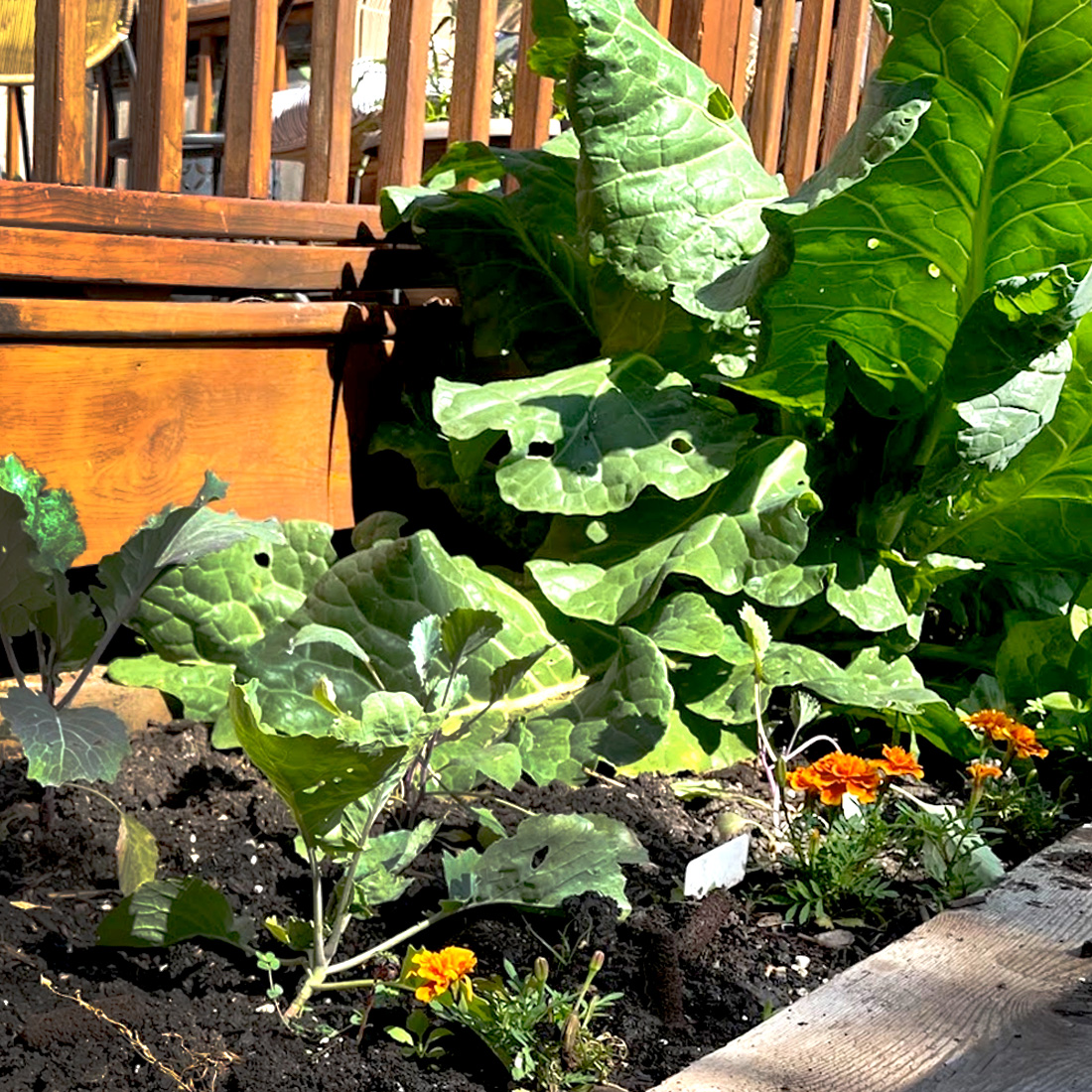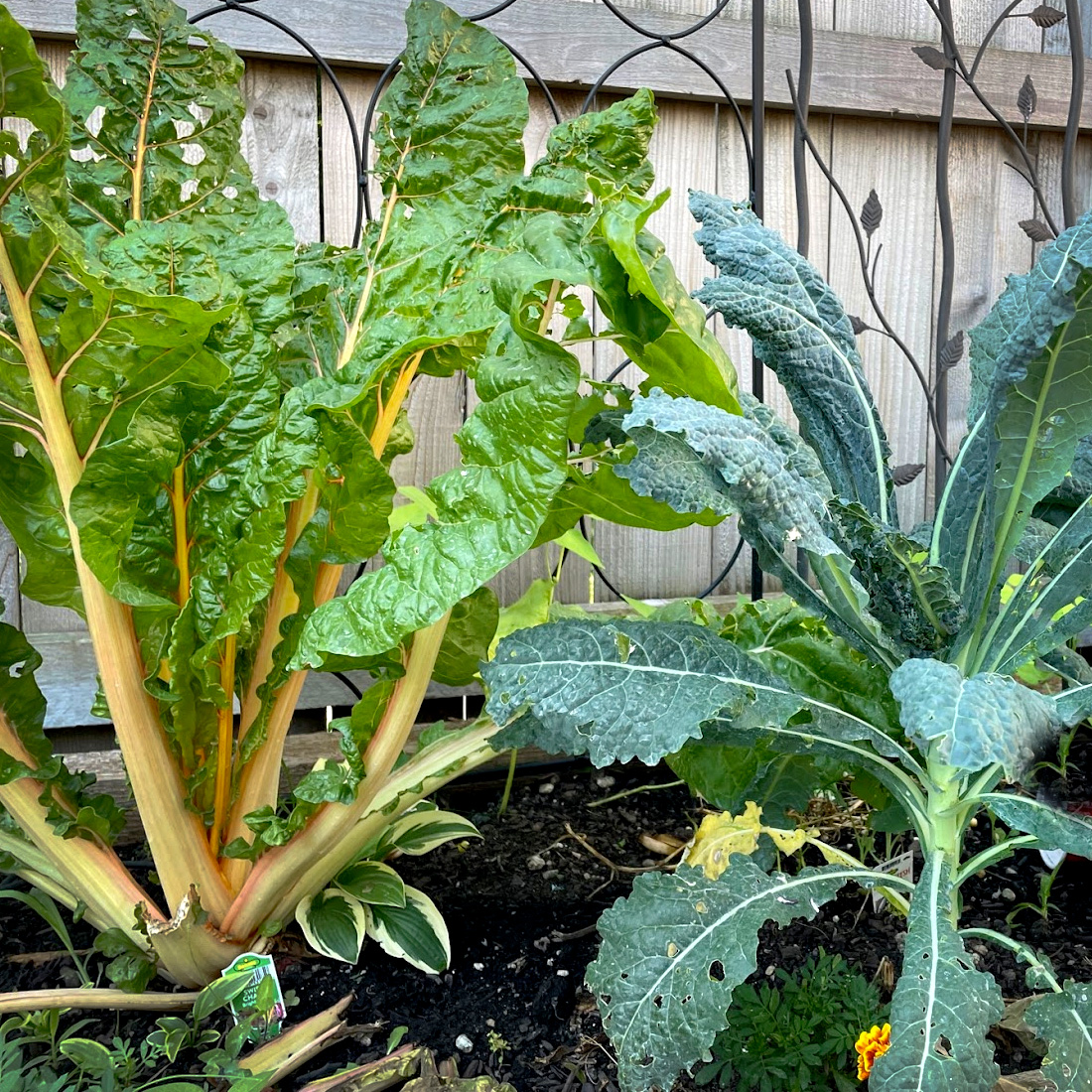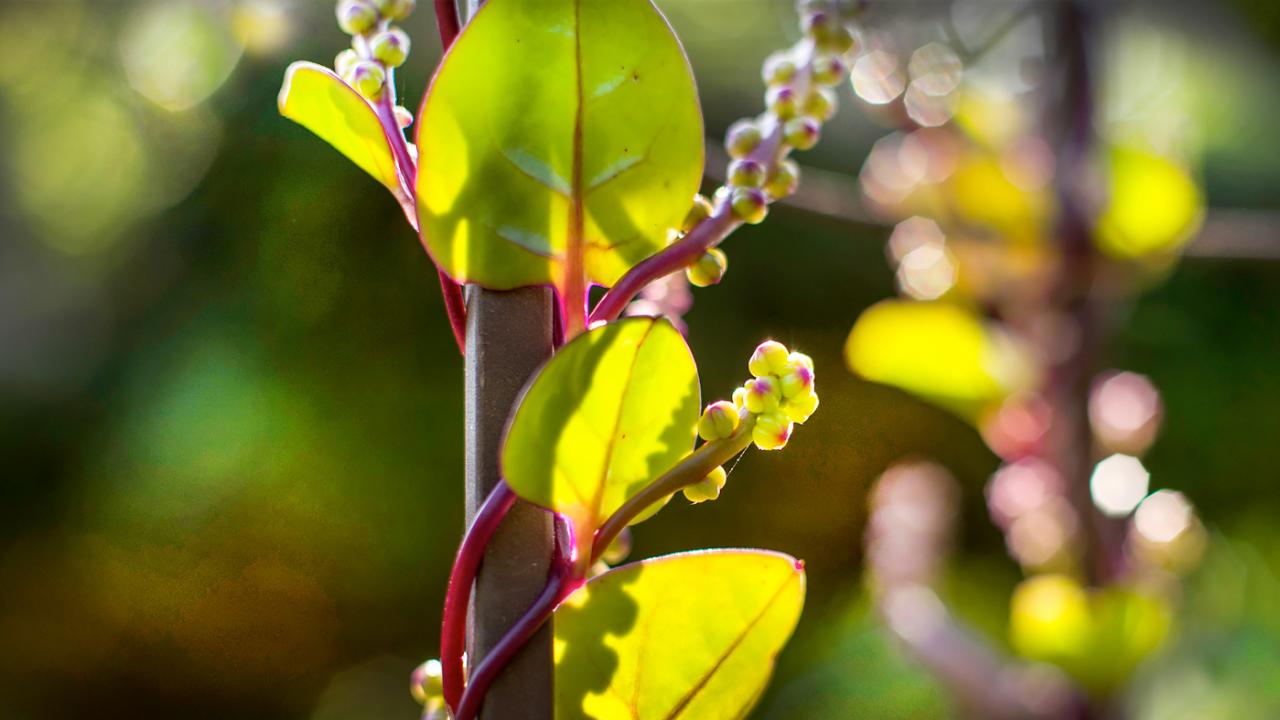

Plants & Gardening
Garden Stories
Heirloom Collard Greens: Connecting with My Roots
Some of my earliest memories are of my grandmother setting big pots of collard greens on the stove to stew—and then taking in their earthy, vinegary, peppery fragrance. A nutritional powerhouse, collard greens are a staple in many African American households, including mine.
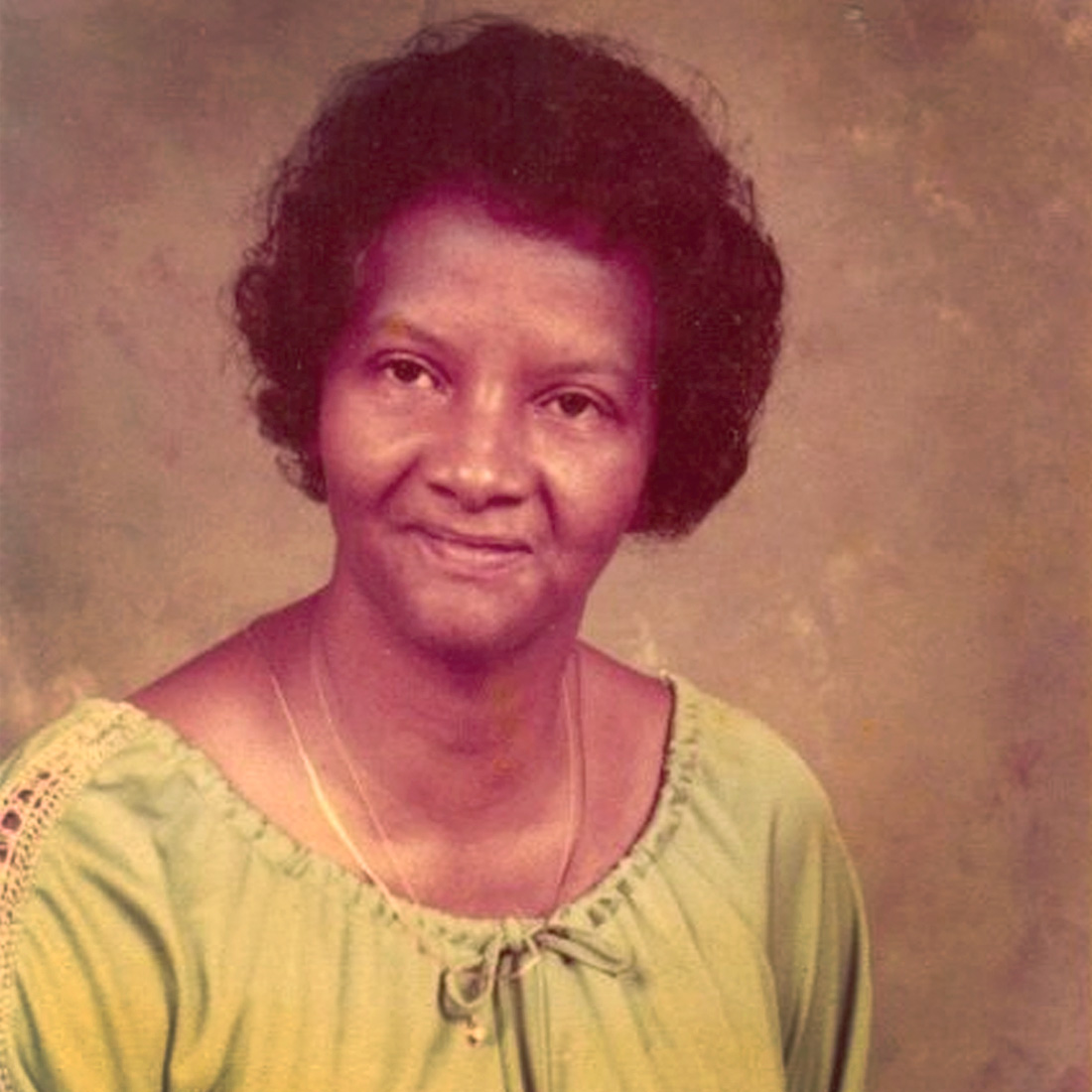 Tequia Burt's grandmother inspired her love for collard greens.
Tequia Burt's grandmother inspired her love for collard greens.
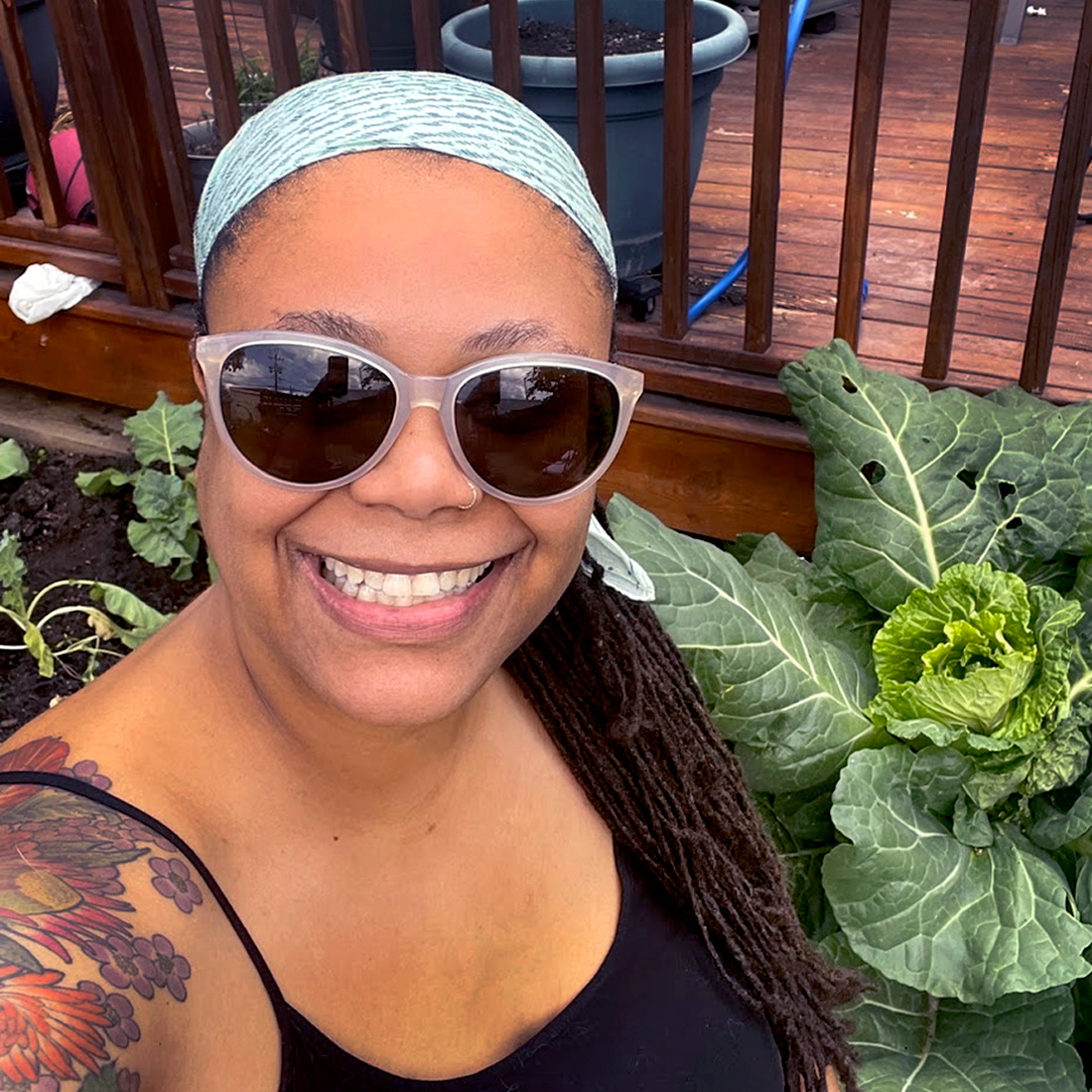
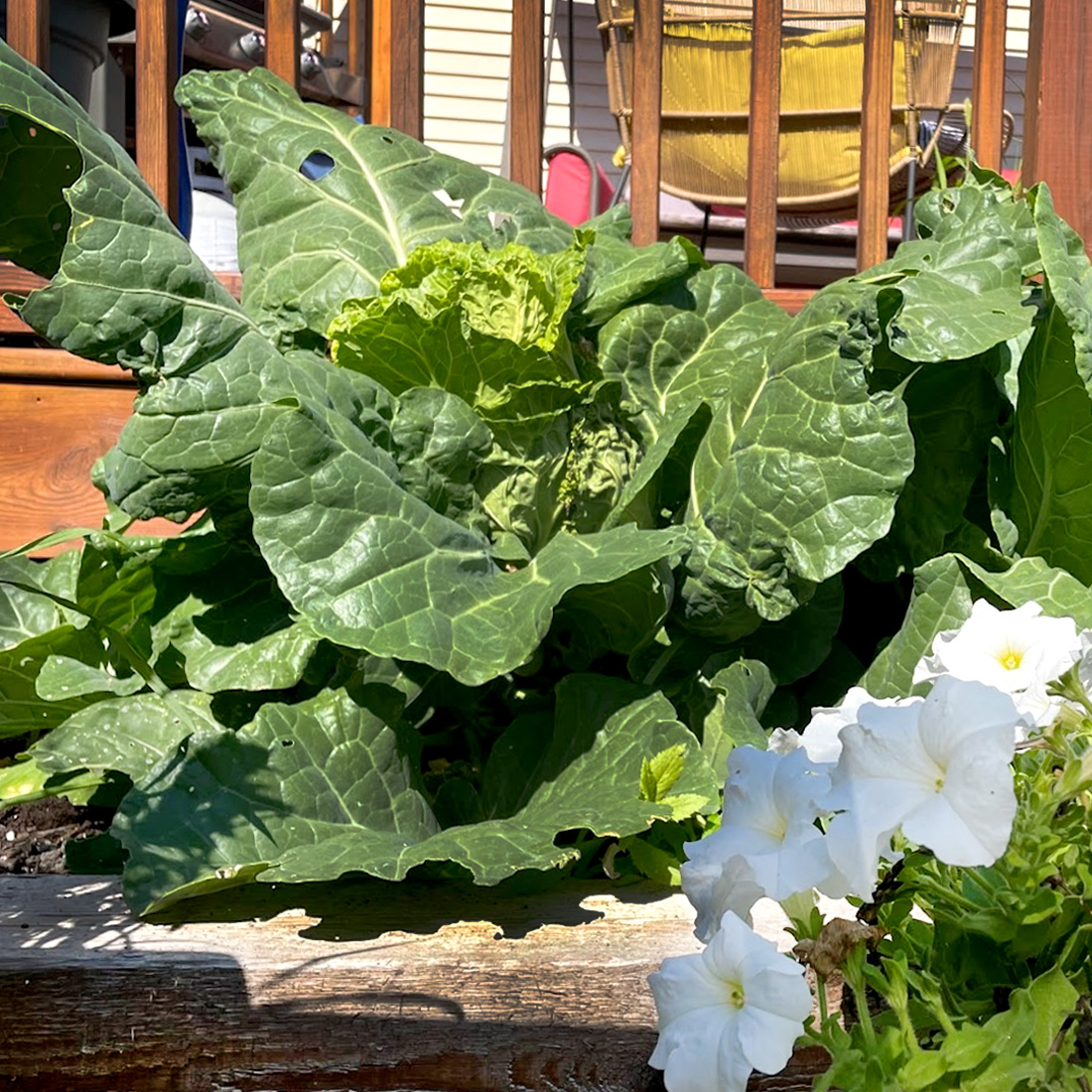 Writer Tequia Burt grows heirloom collard greens in her Chicago garden.
Writer Tequia Burt grows heirloom collard greens in her Chicago garden.
Earlier this year, I read with great interest the story of the Heirloom Collard Project, a community of seed savers, farmers, and academics dedicated to preserving heirloom collard greens. Through the collective, I realized that there are tons of varieties of collards (with names like Big Daddy Old Fashioned, Green Glaze, Hardheaded, and Henpecked) that I'd never eaten or heard of.
Though collards, Brassica plants like broccoli, cauliflower, and cabbage, are not African in origin—food historian Michael Twitty says they’re Eurasian. They were introduced to the Americas in the early 1600s by the first enslaved Africans brought to Jamestown, Virginia. One of the few vegetables that enslaved people were allowed to cultivate, collards became a part of the African American culinary tradition, with every household featuring their own tweaks to the recipe (see my grandmother’s to the right).
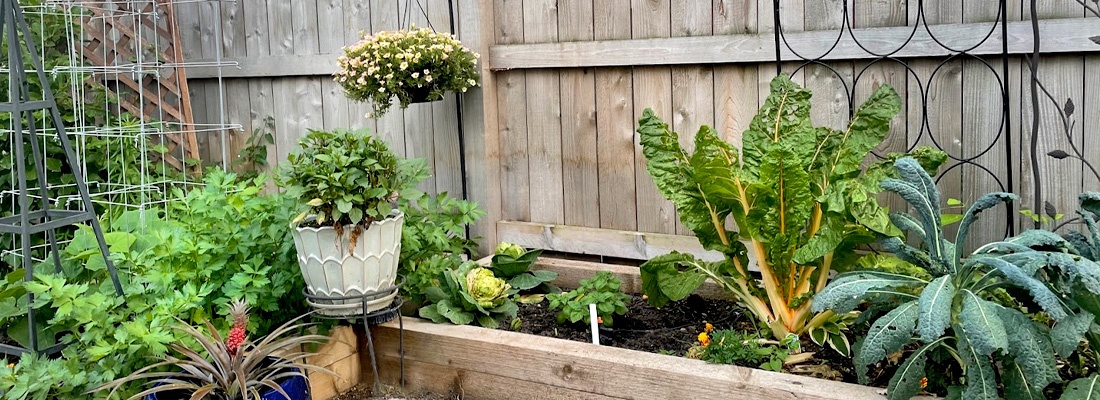
Every year, I grow at least one African American heirloom crop in my Chicago garden. This year, I was determined to grow a few varieties of collard greens. In addition to the common Georgia type I grow each year, I also planted the following:
Ole Timey Blue
I’ve always loved the way blue collards look, with purplish veins delicately swirling throughout greenish-blue leaves. Sweet and tender, this heirloom originated in Alabama and dates to at least the 1800s. In 1989, Ralph Blackwell donated Ole Timey Blue seeds to the Seed Savers Exchange. He said his family has grown this variety for more than a hundred years and that his mother used it to make a dish that is similar to sauerkraut.
Ellen Felton Dark
As a Chicagoan, I have always appreciated that collard greens can take a little cold weather; it’s nice seeing their bright green stalks against the snow when everything else in the garden is long gone! And I love that I am almost always able to have some collards on the Thanksgiving table. Ellen Felton Dark is one of those greens that can thrive even in cold weather—down to 20 degrees Fahrenheit. A sweet and fruity tasting green, these collards date back to 1935.
Vates
I like to choose hardworking, tough plants for my garden, and Vates fits the bill. Though a more common heirloom variety than Ole Timey Blue or Ellen Felton, it is one of the highest yielding, slowest bolting, most frost- and disease-resistant green there is. Vates also matures more quickly than other collards and delivers a delicious, old-fashioned taste.
